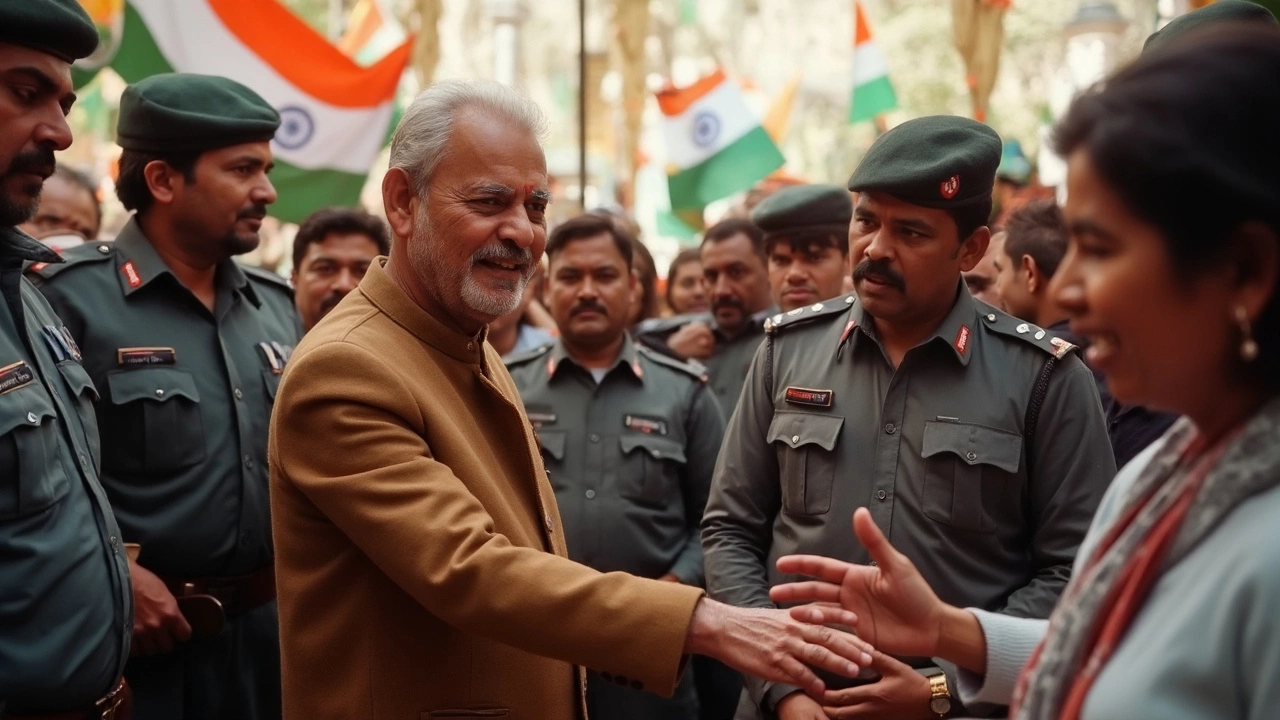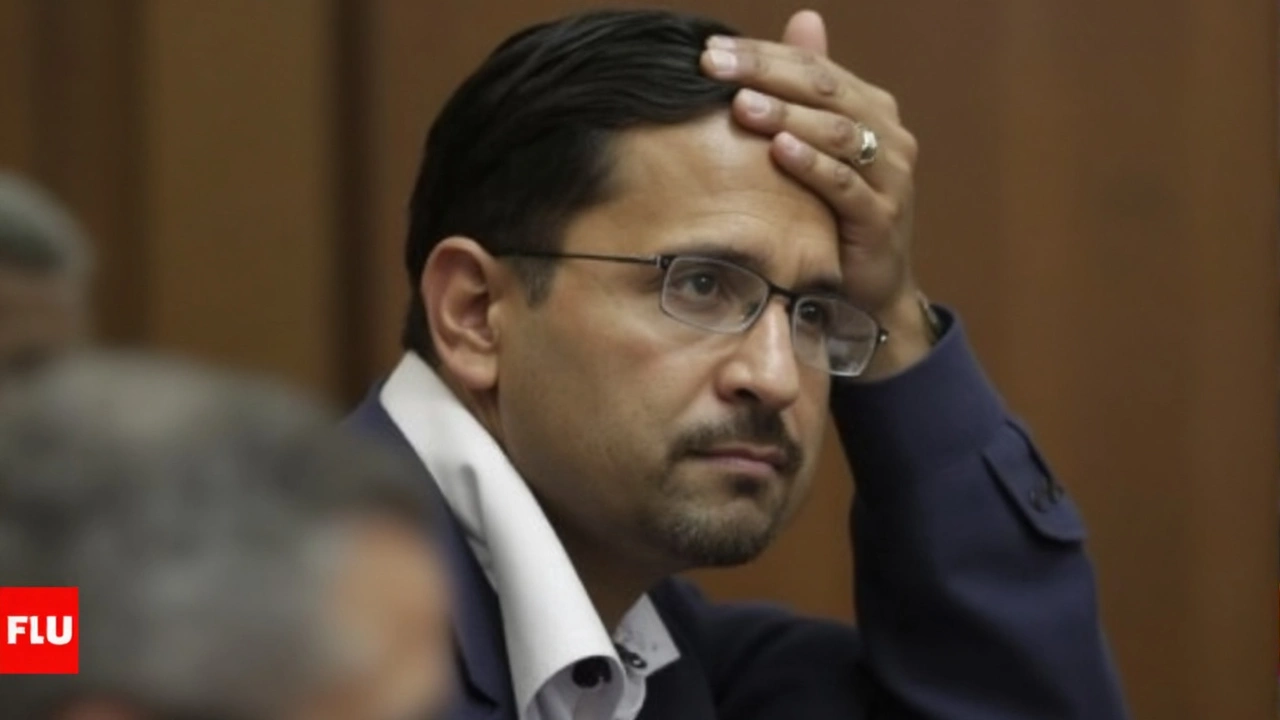The 2025 Delhi Assembly elections were a big shake-up as the Bharatiya Janata Party (BJP) swept into power, ending the decade-long rule of the Aam Aadmi Party (AAP). This significant change didn't happen overnight but was rooted in several key factors that voters couldn't ignore.
Challenges and Scandals Marring AAP's Rule
One huge obstacle for AAP was anti-incumbency. After 10 years in power, they seemed to lose steam. Projects that once earned them accolades like improvements in healthcare and education started feeling like old news. Their promises to clean the Yamuna and tackle Delhi's smog didn't materialize, leaving voters disenchanted.
Corruption scandals further tainted AAP's image. Remember the scrapped liquor policy and the luxurious 'Sheesh Mahal' controversy? These issues snowballed, dragging down the top brass. Arrests of Arvind Kejriwal, Manish Sisodia, and Satyendar Jain shattered their anti-corruption credentials, especially when faced with accusations like the Rs. 33.66 crore splurge on Kejriwal's residence.
Civic infrastructure woes also chipped away at their support, with people grumbling about inadequate roads, garbage piling up, and sewers backing up. Being in charge of the Municipal Corporation of Delhi (MCD) didn't help AAP shift the blame either, as projects like the Delhi Jal Board's upgrades were left hanging with a hefty price tag attached.

How BJP Made Its Mark
BJP, on the other hand, made a mark with their focussed campaign strategy. They didn't miss a beat in addressing local concerns such as air pollution, crime, and everyday traffic woes. Using social media and even AI-driven memes, BJP appealed directly to young voters and other key demographics like Purvanchalis and slum residents by highlighting central government initiatives.
An unexpected player in all this was Congress. Though they couldn't score any seats, their campaign against AAP, especially helmed by Rahul Gandhi, emphasized corruption and broken promises left by AAP. Their critiques added another layer of challenge for Kejriwal and his team.
Adding to these hurdles, AAP faced leadership troubles. Internal discord became apparent when trusted figures like Prashant Bhushan decided to part ways, and Anger arose due to the perceived dictatorial management style of Kejriwal. These cracks were apparent to voters.
Moreover, AAP's strategy of running negative campaigns turned many voters away. Unsubstantiated claims about election fraud or water poisoning by Haryana just didn't stick and instead backfired.
One key aspect working in BJP's favor was their latent voter support base in Delhi. Although they didn't get a foothold in local assembly elections before, they showed their presence in Lok Sabha elections. BJP leveraged this dormant support base skillfully, securing 47 seats while AAP managed only 23.
Noteworthy too was the fall of crucial AAP strongholds. Prominent leaders Arvind Kejriwal, Manish Sisodia, and Satyendar Jain lost their respective seats, signaling a clear voter sentiment against them owing to previous allegations and dissatisfaction.
Everything added up to BJP’s historic return to Delhi after 27 long years, unraveling AAP’s aspirations for national expansion. The Congress, though still lacking seats, undeniably played a role in fragmenting AAP's voter base.
